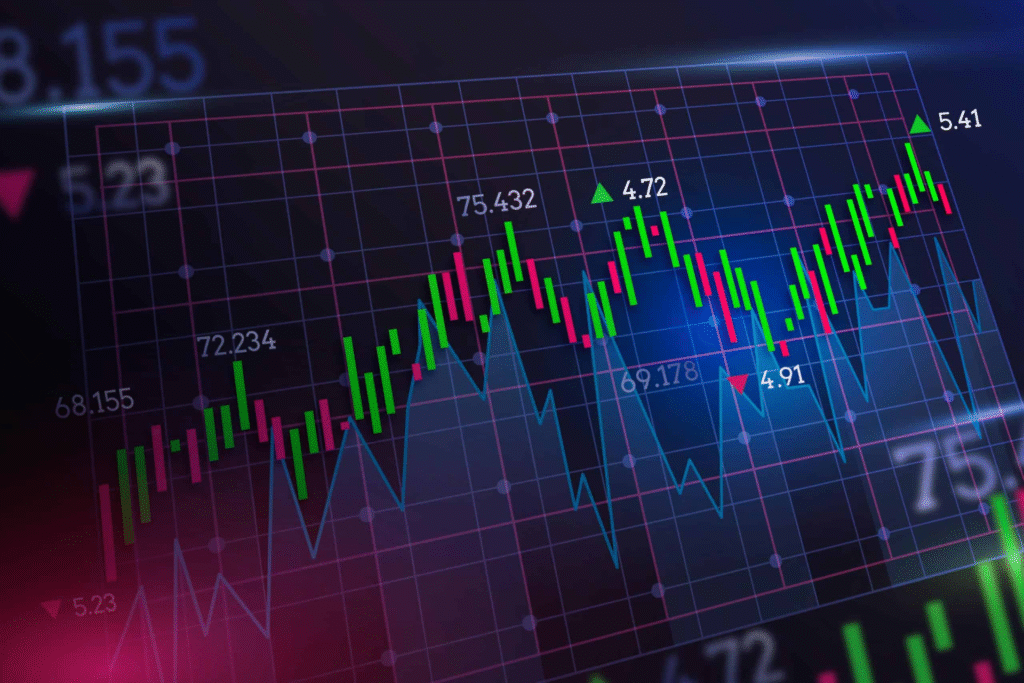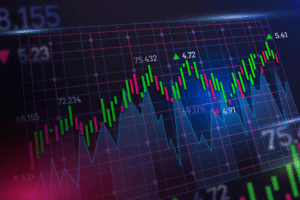In the world of online trading, thousands of platforms promise high profits and quick returns. But not every trading website is what it seems. Recently, a growing number of traders have raised concerns about TraderUR, an online trading broker that has appeared on several review and alert sites.
If you’ve been thinking about investing with TraderUR, this article will help you understand the risks, red flags, and how to protect your money.
What Is TraderUR?
TraderUR claims to be an online trading platform offering forex, crypto, and other investment options. The website presents itself as a global broker that helps users trade safely and profitably.
However, when users dig deeper, several warning signs appear — including a lack of clear regulation, hidden ownership details, and negative reviews on trusted websites.
What Users Say About TraderUR
When checking Trustpilot, several users shared bad experiences. Some reviewers claimed that once they deposited money, they had trouble withdrawing it. One review mentioned:
“I invested a small amount at first, but they kept pushing me to deposit more. When I asked to withdraw, my account was suddenly locked.”
On WikiFX, a popular broker information site, TraderUR shows a very low trust score and is listed as an unregulated broker. According to WikiFX, the company does not hold a valid license from any recognized financial authority.
Such reviews don’t automatically mean a platform is fraudulent — but when the same problems appear repeatedly, they should not be ignored.
Regulation Matters — Why It’s a Big Deal
Legitimate brokers in the U.S., U.K., and Europe are required to register with financial regulators such as:
- The U.S. Commodity Futures Trading Commission (CFTC)
- The Financial Conduct Authority (FCA) in the U.K.
- The Australian Securities and Investments Commission (ASIC)
These agencies make sure trading companies follow strict financial rules to protect investors.
TraderUR does not appear in any of these official databases, which means users have no protection if something goes wrong. When a broker operates without regulation, your funds are at serious risk.
Common Red Flags Found with TraderUR
After reviewing public data and user feedback, here are some major red flags potential investors should notice:
- ⚠️ No clear regulatory license — operating offshore or unregistered.
- 📞 Aggressive sales tactics — pushing users to deposit more money.
- 💰 Withdrawal problems — users report delayed or denied requests.
- 🕵️ Hidden ownership details — no transparent company address or management info.
- 🌐 Low web trust rating — shown as “high risk” on third-party monitoring sites.
If you see these patterns in any online trading website, that’s a sign to walk away.
How Fake Trading Platforms Usually Work
Understanding how these scams operate can help you recognize them early:
- Attractive Ads — You might see online ads promising huge profits or “automated trading systems.”
- Friendly Agents — Scammers often call or message you, guiding you to open an account.
- Small Wins First — They may let you “earn” a small amount to build trust.
- Pressure to Deposit More — Once you feel confident, they ask you to invest larger sums.
- Withdrawal Block — When you try to withdraw your money, you face delays or excuses.
- Disappearing Act — Eventually, communication stops and your funds are gone.
These steps are repeated by hundreds of fake brokers each year.
How to Check If a Broker Is Legitimate
Before you invest a single dollar, here’s how to protect yourself:
✅ Check Regulation: Visit the websites of the CFTC, FCA, or ASIC and search for the company name.
✅ Read Reviews on Multiple Sites: Look at Trustpilot, WikiFX, and Reddit discussions.
✅ Avoid High-Pressure Calls: Real brokers never push you to invest quickly.
✅ Verify Contact Info: Be cautious if the company hides its address or uses fake phone numbers.
✅ Test Withdrawals: Try withdrawing a small amount before making a big deposit.
Remember — if a deal sounds too good to be true, it probably is.
What To Do If You’ve Been Scammed
If you believe you’ve lost money to a fake broker like TraderUR, act quickly.
- Contact Your Bank or Card Provider: Report the transaction and request a chargeback.
- Report to Authorities:
- In the U.S.: reportfraud.ftc.gov
- In Australia: moneysmart.gov.au
- In the U.K.: actionfraud.police.uk
- Avoid Recovery Scams: Be careful — some fake “fund recovery” services target scam victims.
- Change Your Passwords: Protect your email, bank, and trading accounts immediately.
- Warn Others: Sharing your story can help others avoid the same mistake.
Final Thoughts
Online trading can be profitable when done with licensed and transparent brokers, but it’s also full of traps. TraderUR shows multiple red flags — including poor reviews, unclear regulation, and user complaints about withdrawals.
Before you invest anywhere, take time to research, verify, and always prioritize your financial safety.






